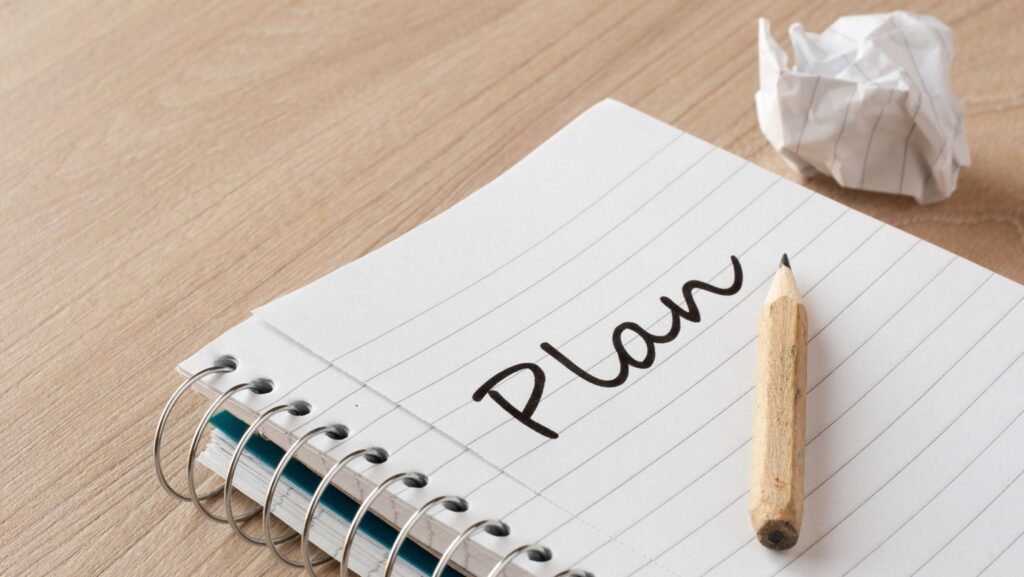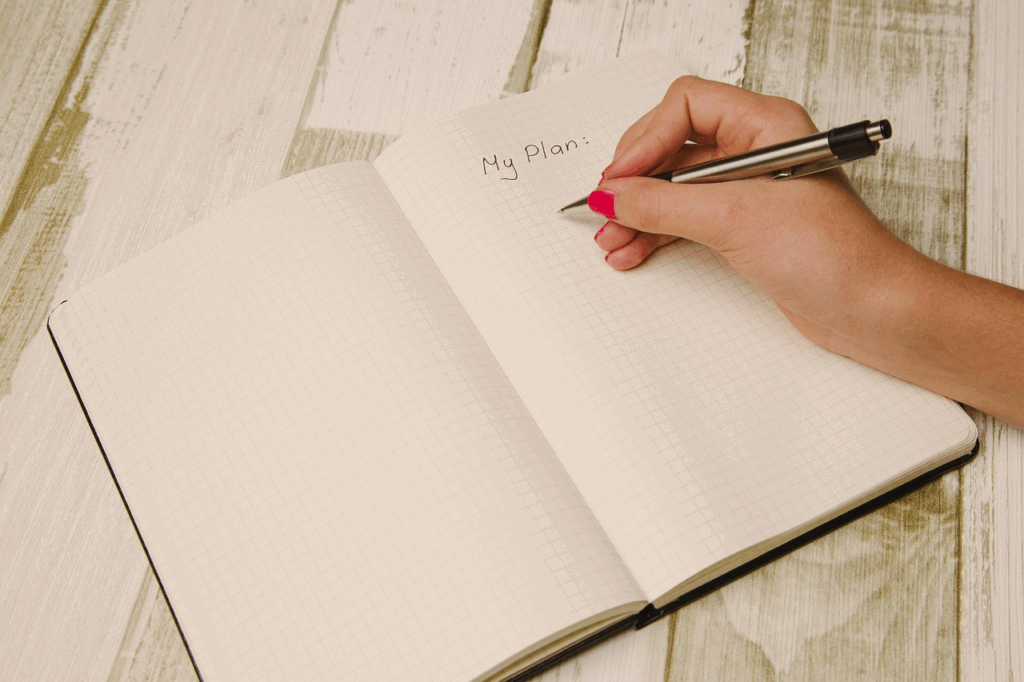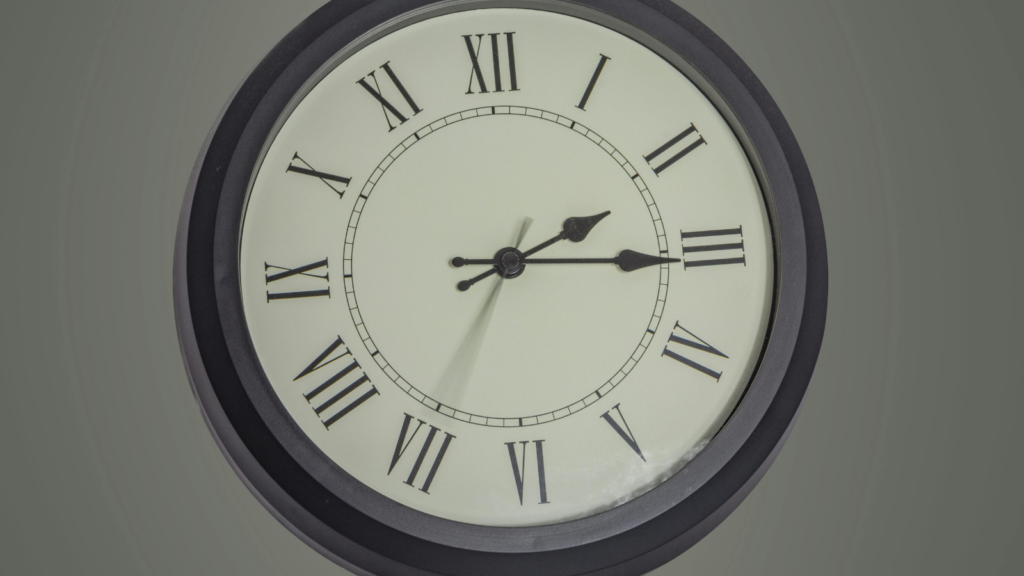Need to cut your stress in half and increase productivity by a quarter?
Every morning millions of people wake up and feel like they have a mountain of things they must get done. The fact is the average person has fallen into chaos and doesn’t even realize it.
Statistics show that 82% of people work without an effective time management system. This is like driving in the middle of nowhere with no GPS and then wondering why you’re so stressed all the time.
Here’s the crazy part…
Creating a stress-free daily routine isn’t a secret. It’s a system.
When you learn the right organizational tools, everything else aligns.
Let’s dive in…
What You’ll Learn
- Simplify Planning with Systems that Work
- How to Use Daily Organizers to Reduce Stress
- Build Productive Daily Routines
- How to Use Time Blocking Techniques for Stress-Free Organization
Daily Routine Stress
Think about most people’s day routine and what they spend their time doing:
- Wake up and immediately grab their phones
- Scroll through social media and emails
- React to whatever seems urgent
- Work without clear priorities
- Take random calls and meetings
- Scroll again during breaks
- Go to bed and repeat the cycle
You get the idea. Chaos, distractions, and stressed out all day.
There is no morning plan, no focus, and no evening routine.
The fact is 90% of people report feeling stress on the job, according to a study. 90%! How crazy is that?
If you don’t have a plan for the day, the day runs you, and stress runs your life.
The solution is to create organization before chaos takes over.
Here’s what I mean…
Planning Tools to Organize Your Day
Here’s the deal that most productivity experts don’t want you to know…
It doesn’t matter what tool you use. As long as you have a system and are consistent with it, you’ll be just fine.
However, if you’re new to this, you may want to start with the best tool available.

A quality Moleskine daily organizer gives you the best opportunity to start building a stress-free daily routine.
Physical planners are different from digital planners because they’re one simple, tangible form, and you can look at it without the constant distraction of alerts or notifications.
A digital daily planner is fine, but I don’t think you get the same full advantage.
The 10-Minute Secret
The most important secret I found with my new system for a stress-free daily routine is the 10 minutes.
It really is that simple.
It’s said to take ten minutes every morning to plan your day, and I found that.
You get a scientific study to back it up:
Researchers have found that by taking 10-12 minutes of planning and organizing time in the morning, you can recover up to 2 hours of lost time and increase productivity by 25%.
The 10 minutes have allowed me to recover time and significantly increase my daily productivity.
Let me show you how to do it…
A Simple Step-by-Step
Don’t forget to get up ten minutes earlier in the morning and use that time wisely:
- Review your schedule for the day ahead
- Determine the three things that you must get done today
- Set the times you’ll do them in your calendar
The key here is not cramming more tasks in your day but rather freeing up time for the essential things.
Build a Stress-Free Routine
The most successful daily routines all look the same.
Morning Clarity: A successful daily routine will start with reviewing the top three things that you need to get done and how you will do them.
Midday Focus: A successful routine uses blocks of time to reserve times to get critical work done.
End-of-day Review: A successful daily routine ends with a five-minute review and planning session for tomorrow to ensure a seamless transition between days.
Batch Similar Tasks
Group similar tasks together and avoid task switching throughout the day.
Answer all your emails at one time, make all your calls in a single time block, etc. This is known as batch processing.
When you batch similar tasks, you use much less mental energy and maintain focus on a single type of work instead of the constant task switching.
The result is a more productive day in a shorter amount of time with less stress.
Anchor Yourself Organizational Wise
Successful people don’t wake up motivated every day, they wake up with systems that help them to keep focused no matter what.
Organizational anchors are those consistent activities you do that keep your routine on track even when everything else is a train wreck.
Some organizational anchors can include:
- A consistent wake-up time that allows you to control your mornings no matter what happened the night before
- A set morning planning space where you review your daily planner and set your intentions for the day
- A weekly planning session to break away and ensure you’re daily routines are aligned with your weekly goals and priorities
Anchors provide organizational stability in an otherwise chaotic environment.
Flexible with the Unexpected
The key to a productive day routine isn’t rigidity, it’s resilience.
Life happens. No matter how perfect your schedule is, something is going to pop up that is an urgent-and-needs-to-be-done task.
To allow your daily routine to be flexible, you must always block off at least 25% of your day for the unknown. Buffer time for when unexpected tasks arise.
When that last-minute task comes in and needs immediate attention, you have two options:
- Shift lower priority tasks to your buffer time
- Move it to tomorrow’s planning session and handle it then
This flexibility keeps you in control instead of letting urgency control you.
Find the Right Tech Mix
Technology tools can help, but they can also add more stress than they are worth.
Notifications, alerts, and reminders can sometimes create too many options leading to something called “tool paralysis.”
When this happens, it takes longer to get work done than it takes to manage the productivity tools themselves.
It’s why many successful individuals use a combination of digital tools and old-fashioned analog tools:
- Use phones for quick capture of tasks and reminders
- Rely on paper and pen for deep planning and daily review
- Keep systems simple so they don’t take more time to manage than they’re worth
Digital tools can help keep the routine organized, but an overly complicated system will take more time to use than it is worth.
End of Day Wrap
Stress-free routines start with a quality planning system and ten minutes of intentional planning every morning.
You can also find consistency with simple organizational anchors you commit to no matter how chaotic life gets.
Remember the most important goal of organization is creating systems that can work well when you’re not at your best.
When that happens, stress is no longer a factor, productivity flows more naturally, and your daily routine is the foundation for your edge.
Try one or two tips and see how they work for you, then layer on additional stress-free tools as you master each.
Your future self will thank you for taking control of your life today.
Sources:
- Lifehack.com.
- insightful.io
- hubstaff.com



